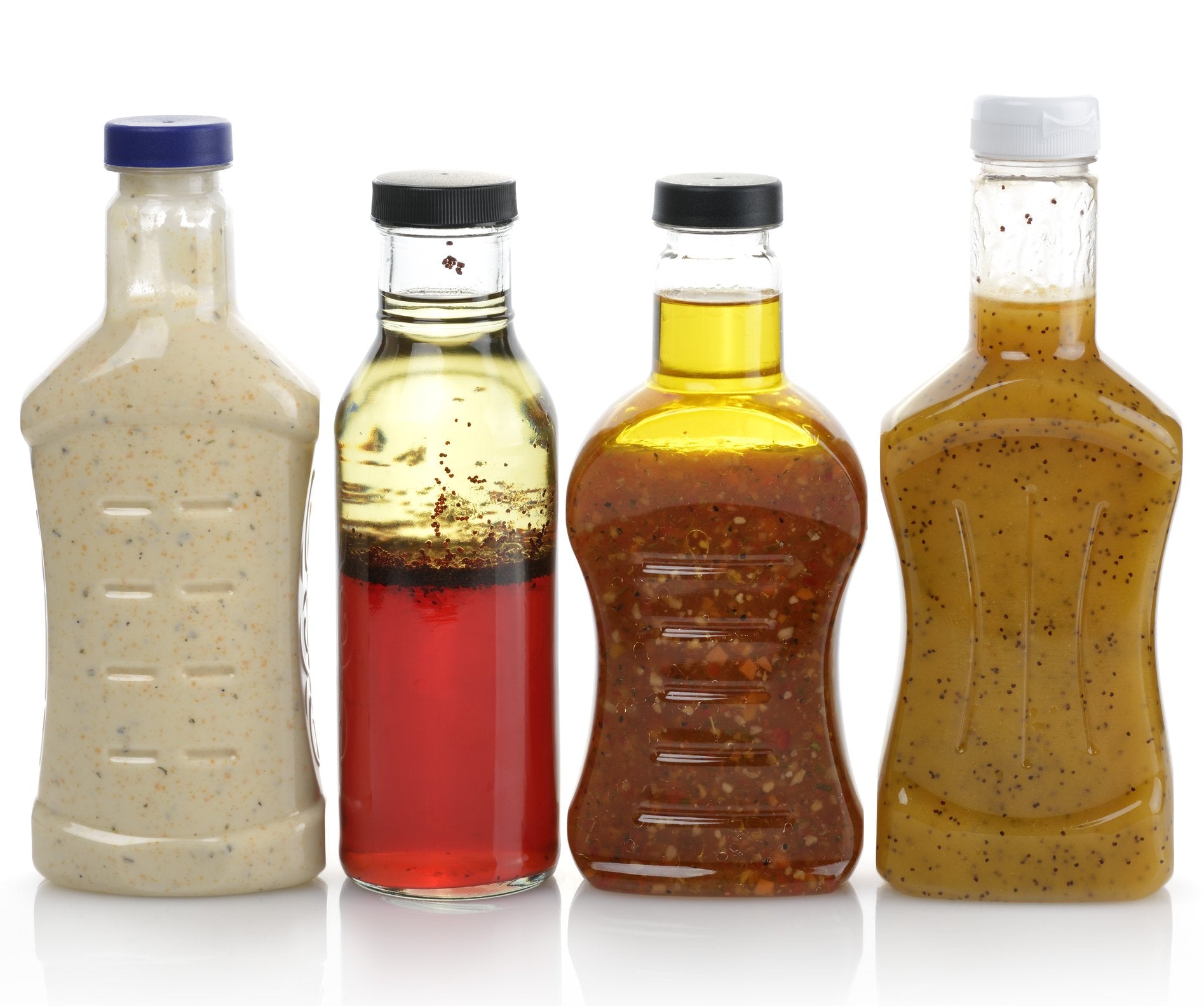ChatGPT said: Typical emulsifiers found in your kitchen
The Important Benefits of Emulsifiers for Smooth and Secure Mixtures
Emulsifiers are crucial in developing steady and smooth mixtures across numerous industries. They lower surface stress between immiscible fluids, resulting in boosted structure and total sensory experiences. In food and cosmetics, their function extends past plain mixing; they also enhance life span and item stability. Understanding the types and applications of emulsifiers reveals their relevance in solution processes. Nonetheless, the subtleties of their efficiency warrant even more exploration.
Understanding Emulsifiers: The Scientific Research Behind the Blend
Although emulsifiers are usually neglected in daily cooking and food manufacturing, they play a necessary function in supporting mixtures that would certainly or else divide. Emulsifiers are substances that reduce surface area tension between 2 immiscible fluids, such as oil and water. They possess both hydrophilic (water-attracting) and hydrophobic (water-repelling) properties, allowing them to engage with both stages. This unique characteristic allows emulsifiers to form a steady user interface, stopping the separation of fats and liquids.
Typical examples of emulsifiers include lecithin, commonly originated from soybeans or eggs, and mono- and diglycerides. These compounds develop an uniform texture in items like mayonnaise, salad dressings, and sauces. The science behind emulsifiers depends on their capability to create a steady emulsion, which is essential for accomplishing preferable food high quality and shelf life. Recognizing the feature of emulsifiers is necessary for food scientists and cooking specialists intending for regular results.
Culinary Applications: Enhancing Taste and Structure
Emulsifiers considerably boost cooking applications by enhancing both taste and appearance in a range of foodstuff (emulsifiers). They play an important duty in producing stable solutions, which are important for sauces, dressings, and mayo. By enabling the even circulation of fats and water, emulsifiers guarantee that tastes are harmonious and well-blended, boosting the general preference experience
In baked products, emulsifiers add to a finer crumb framework and improved wetness retention, resulting in items that are soft and enticing. Additionally, they assist expand rack life by avoiding splitting up and maintaining freshness.
In milk items, emulsifiers aid in producing smooth textures, crucial for items like ice lotion and cream cheese, where mouthfeel considerably affects consumer pleasure. On the whole, making use of emulsifiers in culinary applications not only raises taste accounts yet also enhances the sensory experience of different food things, making them more attractive and satisfying.

Cosmetic Uses: Creating Elegant Formulations
When formulating cosmetic items, the addition of emulsifiers is essential for achieving smooth and lavish appearances. These agents assist in the blending of water and oil phases, creating stable solutions that improve product efficiency and individual experience. Emulsifiers not just improve the consistency of lotions and creams yet also add to the overall sensory features, allowing for a more pleasurable application and really feel on the skin.
Additionally, emulsifiers play an essential function in the efficient distribution of active ingredients, ensuring that they remain uniformly dispersed throughout the formula. This uniform circulation enhances the item's effectiveness, supplying targeted advantages such as hydration, anti-aging, and defense. The appropriate emulsifier can present a desired thickness, preventing separation and keeping product integrity over time. Ultimately, emulsifiers are integral in developing premium cosmetic formulas that meet customer assumptions for deluxe and efficiency.
Kinds of Emulsifiers: Natural vs. Synthetic
Understanding the differences between natural and synthetic emulsifiers is crucial for formulators intending to enhance cosmetic items. All-natural emulsifiers, stemmed from plant or animal resources, consist of components like lecithin, beeswax, and various gums. They are often preferred for their skin-friendly residential or commercial properties and biodegradability. Furthermore, they can enhance the sensory account of formulations, offering an extra appealing appearance and feel.
On the other hand, artificial emulsifiers are chemically crafted to develop certain performances and security. Typical instances include polysorbates and stearic acid. These emulsifiers generally offer remarkable performance pertaining to emulsification performance and shelf-life security. They might elevate issues pertaining to skin sensitivity and ecological impact.
Inevitably, the selection in between all-natural and artificial emulsifiers depends on the wanted item characteristics, solution objectives, and consumer preferences, highlighting the relevance of comprehending their one-of-a-kind homes. emulsifiers.
The Role of Emulsifiers in Food Preservation

Tips for Making Use Of Emulsifiers Successfully in Recipes and Products
When making use of emulsifiers in dishes and items, choosing the appropriate kind is vital for achieving wanted results. Additionally, utilizing proper blending techniques can substantially boost the stability of emulsified combinations. Lastly, recognizing storage approaches and life span assures the longevity and performance of these emulsifiers.
Picking the Right Emulsifier

Choosing the suitable emulsifier can considerably boost the structure and stability of a combination, as the ideal option depends on the details ingredients and wanted result. Numerous aspects influence this choice, including the type of fats or oils, the presence of water, and the target consistency. Lecithin is perfect for sauces and dressings, while xanthan gum tissue works well in gluten-free baking. Furthermore, the emulsifier's compatibility with other active ingredients plays a considerable role in attaining the wanted stability. It is important to think about the temperature variety of the application, as some emulsifiers perform far better under specific conditions. Eventually, understanding the qualities of each emulsifier will cause more efficient solution in recipes and products.
Proper Mixing Strategies
Making use of reliable mixing techniques is vital for accomplishing optimal emulsification in recipes and products. Initially, it is vital to present emulsifiers slowly, allowing them to disperse evenly throughout the mix. High-shear mixing get more techniques, such as utilizing an immersion or a blender or food processor mixer, can enhance emulsifier efficiency by breaking down fat beads. Maintaining a constant temperature throughout blending also aids in accomplishing a steady emulsion, as fats and fluids can blend better when warmed. Additionally, integrating components in the proper order-- beginning with the liquid stage complied with by the fat stage-- ensures also distribution. Mixing should proceed till the preferred consistency is gotten to, avoiding over-mixing, which can lead to splitting up. Proper methods eventually cause smoother, a lot more stable emulsions.
Storage and Life Span
Although the performance of emulsifiers can greatly improve the quality of mixes, appropriate storage space and interest to service life are necessary for preserving their performance. Emulsifiers ought to be kept in a cool, dry atmosphere, far from direct sunshine and moisture, which can deteriorate their properties. It is a good idea to keep them in closed containers to avoid contamination and oxidation. Furthermore, inspecting the expiry More hints days and adhering to recommended storage space standards can maximize their efficiency. Regular assessments of structure and stability in blends can show whether the emulsifier is still operating effectively. By complying with these storage techniques, users can ensure that their emulsifiers stay powerful, resulting in consistently smooth and secure blends in products and dishes.
Often Asked Inquiries
Are Emulsifiers Safe for People With Dietary Restrictions?
Emulsifiers can be risk-free for people with dietary constraints, depending on their source and make-up. It's essential for those with allergic reactions or certain dietary demands to meticulously review component labels and talk to medical care specialists.
Just How Do Emulsifiers Influence the Service Life of Products?
Emulsifiers enhance the life span of items by maintaining mixes, protecting against splitting up, and reducing putridity. Their capability to preserve uniformity helps ensure longevity, ultimately preserving flavor, structure, and total quality in various food things.
Can I Make Emulsifiers in the house?
Yes, home made emulsifiers can be developed making use of natural components like egg yolks, mustard, or honey. These options can assist blend oil and water, but results may vary based on the certain recipe and method utilized.
What Prevail Emulsifier Allergies to Expect?
Usual emulsifier allergic reactions include responses to soy lecithin, egg yolk, and dairy-based emulsifiers. People with level of sensitivities may experience symptoms like hives, stomach distress, or respiratory system issues upon direct exposure to these components in different food.
Just How Do Emulsifiers Influence Nutritional Worth?
Emulsifiers can affect dietary worth by improving nutrient absorption and bioavailability - emulsifiers. Extreme usage may lead to nutrient loss or inequality, possibly affecting health and browse around here wellness outcomes, especially in refined foods where they are prevalent.
Emulsifiers considerably enhance cooking applications by boosting both taste and appearance in a selection of food products. In dairy products, emulsifiers aid in producing smooth structures, important for items like ice lotion and lotion cheese, where mouthfeel substantially influences customer enjoyment. In the domain of food preservation, emulsifiers play a significant function in keeping the quality and shelf-life of different items. In products like salad dressings and sauces, emulsifiers help to keep texture and taste security over time, making sure that the food stays attractive to customers. Typical emulsifier allergic reactions include reactions to soy lecithin, egg yolk, and dairy-based emulsifiers.